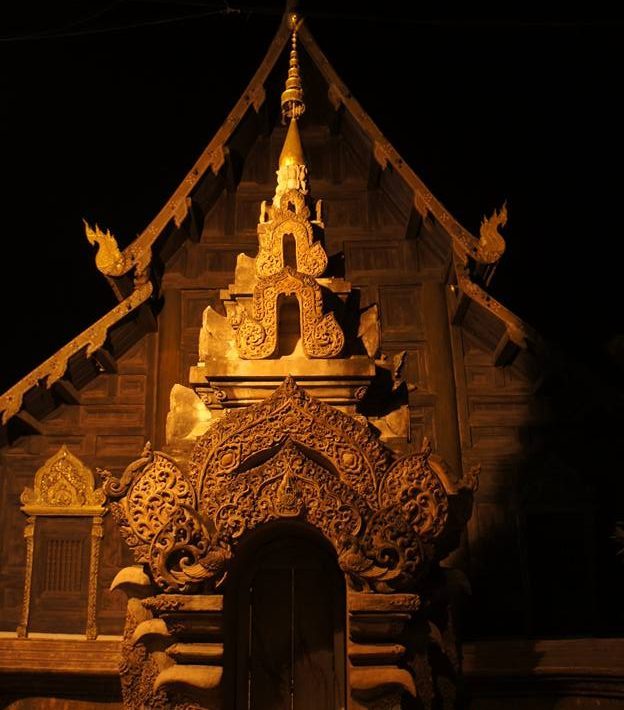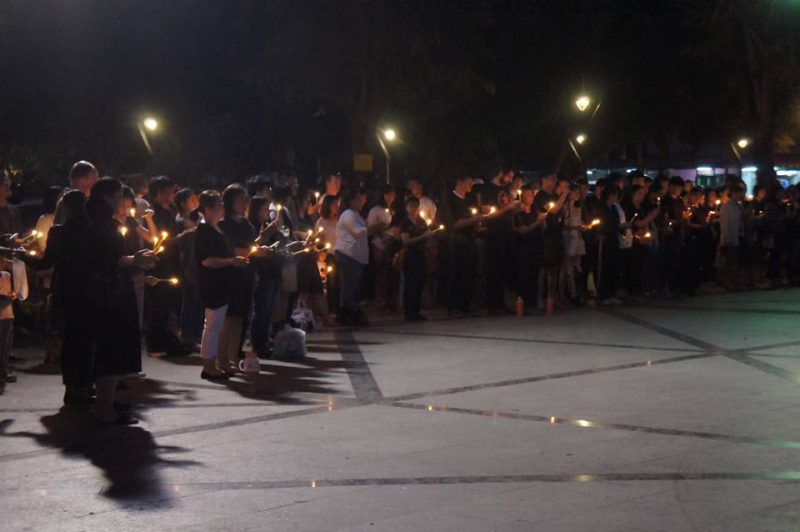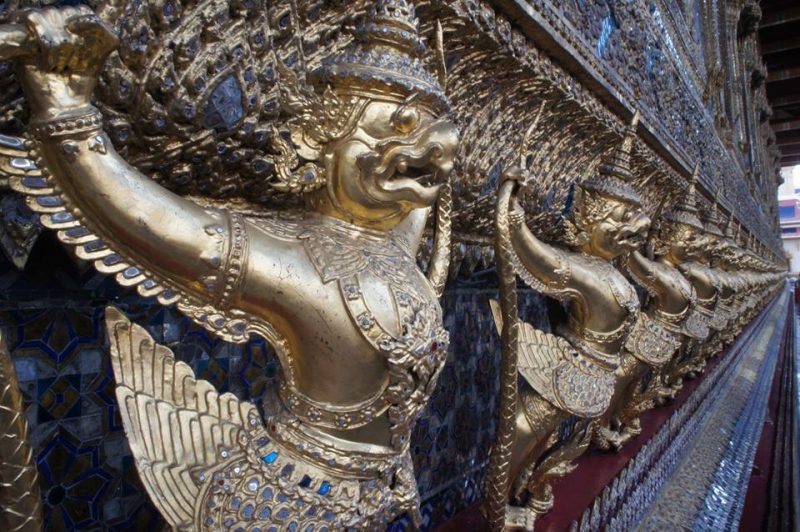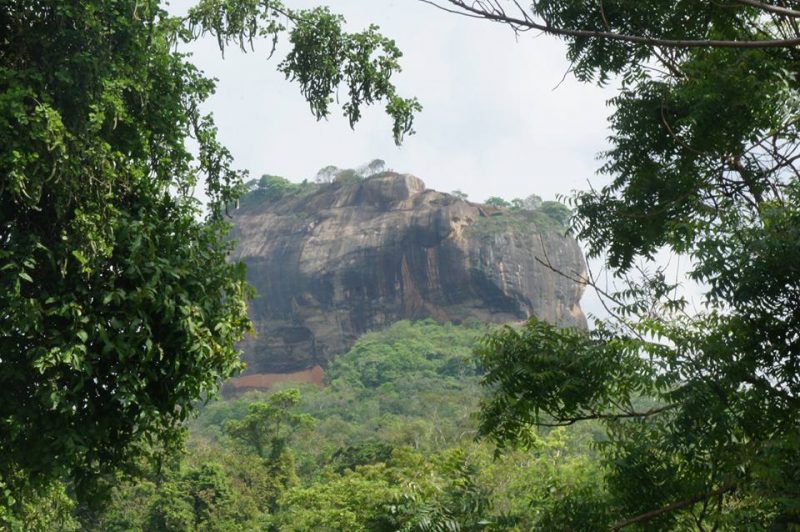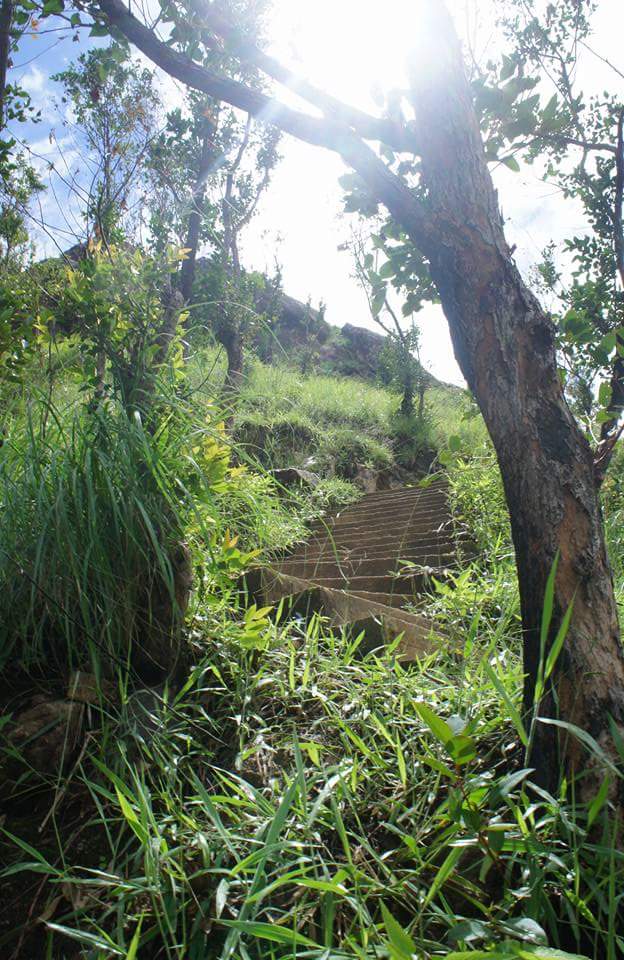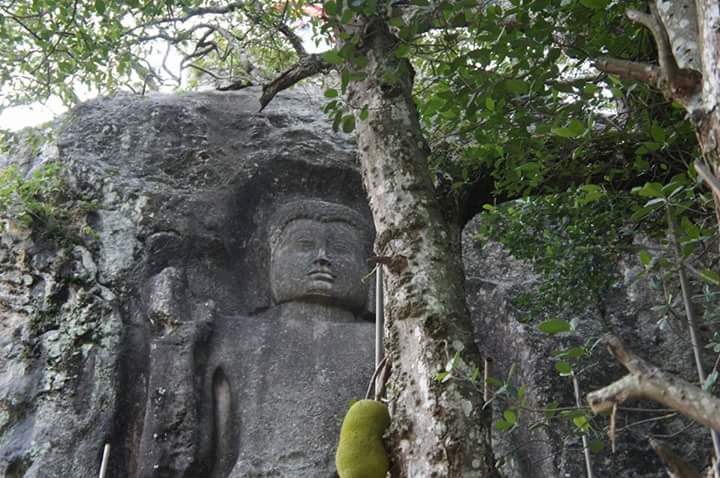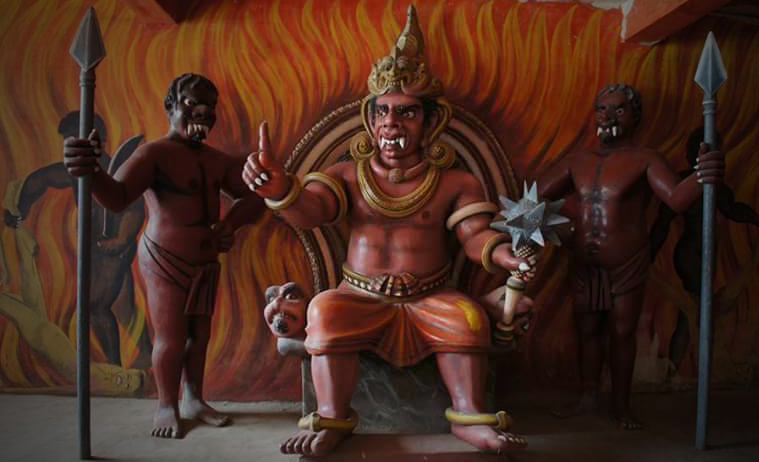A bell rang out. It echoed along corridors, upstairs and across playing fields. The building came to life but the world was grey and grainy. Young people spewed out of classrooms and meandered around the school to their next destination. The noise was almost unbearable. Bells resonated beneath the harsh sound of teenage gossip. But there was more. A loud fuzzy sound, like a detuned radio, hissed above it all. No one seemed to notice.
Students went about their own business. The normal day to day of talking to the right people, wearing the right clothes, even saying the right thing put blinkers on their lives. Nobody saw the boy at the top of the stairs in his baggy hooded jumper and low riding jeans. But he saw them. He saw them as though he watched an old black and white movie.
The corridors quietened as classes resumed. Teachers carried on teaching, students carried on leaning. Life went on as though the boy had never been a part of it. Still, the white noise persisted. The scene flickered. The boy grew angry.
Brigid held the excess reams of her long green skirt. It made it easier to walk across the precarious gallery that lined the pit in the compound. An engineer with a PhD in the history of art had joined the women as they inspected Mark 356.
“I thought that they would look endearing,” the doctor of art said. His voice with clipped with a Mediterranean twang. The words were softened by his long white beard. Even if he was slightly rattled by being called up to explain the process of his thoughts to Madam Brigid he did not show it.
Brigid looked from the man back to the tall statues that held Mark 356 in place. “I suppose I can see where you’re coming from,” she said, “I just, well, they are quite imposing. Do they have to be so tall?”
“Of course,” the man responded, “If they were any smaller then 356 would roll away. And simple scaffolding is so boring.”
Brigid looked at the small man. While she did not approve of his long hair or beard, at least he had the decency to keep it neatly tied back.
“Quite,” she said. “Remind me of what I’m looking at.”
“Here we have a vole,” the man, Frank, pointed out, “This one is a heron, over there is a human and on the opposite side we have a fish. I’m not sure what species.”
“Right,” Brigid said. She studied the long beaked bird statue from a distance. “And why are they wearing cloaks and hoods?”
“You must be familiar with Hieronymus Bosch. The great medieval artist,” Frank confirmed.
“Getting more familiar every time I hear that name,” Brigid said. She tapped her knuckles on the side of the fifteen foot stone vole.
“I’ve always admired his work,” Frank continued, “Such imagination and expression, especially when one considers the period.”
Brigid ran her palm over the smooth stone surface.
Frank laughed to himself and said, “And who knew that there was some truth behind what he painted?”
Brigid hitched up her skirt just above the ankles and walked past Frank.
“Can I see inside it,” she said, completely ignoring the man’s comments. “I want to see inside it.”
Frank exchanged a quick glance at his colleagues who had brought Madam Brigid to him.
“It’s not quite ready yet,” he answered.
Brigid stopped and turned to look at him with an eyebrow raised.
“You mean to tell me that most energies have been spent carving a zoo over building the machine?” she asked.
Frank shook his head. His beard billowed in the movement. “No Madam Brigid,” he said, “Of course the necessary work has taken place to ensure that this project will be completed in a timely manner.” Frank looked to the academics behind him for reassurance. “I felt that to create the wonder inside, the external beauty must be completed,” he said. A slight smile lifted his facial hair. “I suppose,” he continued, “it is like the chicken and the egg.”
“I care less for metaphors than I do art,” Brigid said with minimal emotion. “Science is key. Without science you would have no art, no chickens or eggs and certainly no mile high rats in human clothing.” Brigid said. She took a long look at Frank and said, “Apologies.” She smoothed the arms on her jacket and neatly clasped her hands. “Please excuse me,” she said before she walked past her chosen great minds and out of the pit. She could not vocalise her thoughts that if she wanted something done, she would have to do it herself. It would not be proper.
“Can you see them?” Papa asked.
The boy barely heard him above the noise in his head. But Papa’s voice was deep. It carried well across the planes. The boy nodded.
“Can you feel them?” Papa asked.
The boy nodded.
“Can you smell them?”
The boy nodded.
“Now,” Papa whispered in the boy’s ear, “scream.”
The boy stalled. He could not scream. He could not even talk. He had not used those skills since he arrived in Necropolis.
“You can do it boy,” Papa said, “You always could.”
The boy hesitated.
“Scream,” Papa repeated the word.
The boy felt a tight sensation deep in his stomach. Something had sprouted. It grew. He could feel the warmth rise and course its way through his body. It soon reached his throat but that was as far as it could go. The warm feeling was stuck. It needed to escape. It needed to move but there was a hard surface above it. The warm feeling grew hotter. If the boy’s throat would not give way, the sensation would have to break through.
The internal heat turned even hotter until it exploded. The hot feeling came out of the boy’s mouth and roared around the small cave and beyond. It fired up to the light that tried to illuminate the deep space. It burned down the empty school corridor.
A woman stepped out of a cupboard with a silver bucket a nearly new mop. She walked along the corridor to the place where the young man stood.
He stared at the cleaner. He vaguely recognised her, even though the world had turned grey and flickered. His eyes did not falter from her. He felt ten feet tall. He was a lion and she was his prey. The young man felt the fire inside him and screamed.
The cleaner stood still and looked towards the boy. She had heard a faint noise, but could not quite place it. She looked along the corridor to where the sound had come from. Fear widened her eyes.
The cleaner shuddered as she felt a breeze, but the fear did not last long. It was abated by a sneeze and an extended nose wipe on her arm. Unphased, the cleaner walked towards the boy. She did not notice him. She walked through him. The boy felt the shiver that the cleaner had just experienced. He shuddered beneath his hooded jumper hidden in the cave. The young man’s anger fired up again. The cleaner had ignored him, even though he stood right in front of her. He cried out again.
The young man saw the cleaner walk up the stairs in the black and white school. She had not seen him. But it was impossible. He stood right there. He had screamed at her. She could not have not noticed him. The boy grunted and ran towards the cleaner. She would notice him, he would make sure of it.
The young man launched himself from the steps and into the woman. Somehow, he missed. She did not notice him once again. She had been distracted by the mop and cleaning a particular corner of the first floor. He must have passed right through her when he jumped. Frustrated, the young man cried out towards the cleaner. A faint whisper blew past her ear.
The cleaner looked up. She had definitely heard something that time. The boy saw her reaction. He was making progress. But it wasn’t enough. He cried out again. The woman looked at him. She looked beyond him. Despite his best efforts the boy remained invisible to the cleaner. Somehow, he needed to get her attention. If she could hear him then surely she must be able to feel him.
The young man took a few steps back. He would throw himself at her and send her down the stairs. That would definitely catch her attention. But she would not stay still. She stepped to the bucket, dipped the mop and threw the wet tassels around. The cleaner was not gentle in her work. Sporadic circles glistened under the stark light of the school, as though a giant slug had danced through the corridor. The boy assessed the best way to get her attention. It would be difficult. She moved too much, too vigorously. The bucket on the other hand would be much easier to move.
The young man studied the bucket while he decided the best course of action. The cleaner, oblivious to him, returned the mop to the bucket, rinsed and continued to half-heartedly clean the floor. He readied himself for the assault on the bright bucket. He stared at his target and charged towards it, fuelled by frustration. He screamed as he ran towards it. He knew that it could hurt. The bucket was near the stairs, and gravity would bring him down them. But at that moment that was not too much of a concern. He needed to let the cleaner know that he was there.
The bucket came near and the boy sped up. When he was close enough he kicked out his leg with all of his anger. He made contact with the bucket but it was not as dramatic as he hoped. As he passed through the dulled tin and floated above the stairs like a feather, the young man turned to look at the cleaner.
The bucket had moved no further than two inches. A small puddle had been created where water had been displaced. The cleaner had not noticed. She could have moved the bucket and spilled some water when she had dipped the mop last. The young man screamed out once again.
The cleaner noticed that time. She looked towards the stairs and leaned her head over the white frame that lined the stairwell. It was empty. The angry young man ran up the few stairs towards her. He seized the mop when he could but stumbled when he grabbed it. It was much heavier than he remembered.
He used to think a mop as being an insignificant weight, but in his new state it felt a hundred times heavier. It could have been made from lead. The young man fought with the weight for a while but it did not give easily. With one final surge of strength he tore the mop from the cleaner’s hands and threw it to the floor. The cleaner screamed out when the mop landed in an explosion of greasy water.
Caught in the moment, the boy ran towards the cleaner and vocalised his anger. He shouted at her when he ran into her and shunted her towards the bucket. The woman stumbled and tripped over the corner of it. She landed heavily on the wet floor and sent the bucket rolling towards the stairwell. Brown, soapy water cascaded down the steps as the bucket crashed down them.
An unfathomable distance away a young man screamed and thrashed about in the confined space of a cave. An older man stood near him. He laughed from his stomach and out of his wide mouth. Papa laughed to himself at a job well done.
“You a natural, boy,” he said as the young man convulsed. “I knows it in you from the moment I set my peepers on you.”
The noises echoed around the cave. The young man showed no sign of slowing down.
“Looks like you going be busy for some time,” Papa said with a smile, “I leave you to it. I gots some business to tend to anyway.”
He had to move quickly to avoid being hit by one of the young man’s flails. When he had stepped out of the small cave Papa smiled at the boy once again, like a proud father.
“Of course, you aware,” the old man said, “Papa didn’t just happen upon this place.” He laughed through his teeth as he stepped into empty subterranean space.


